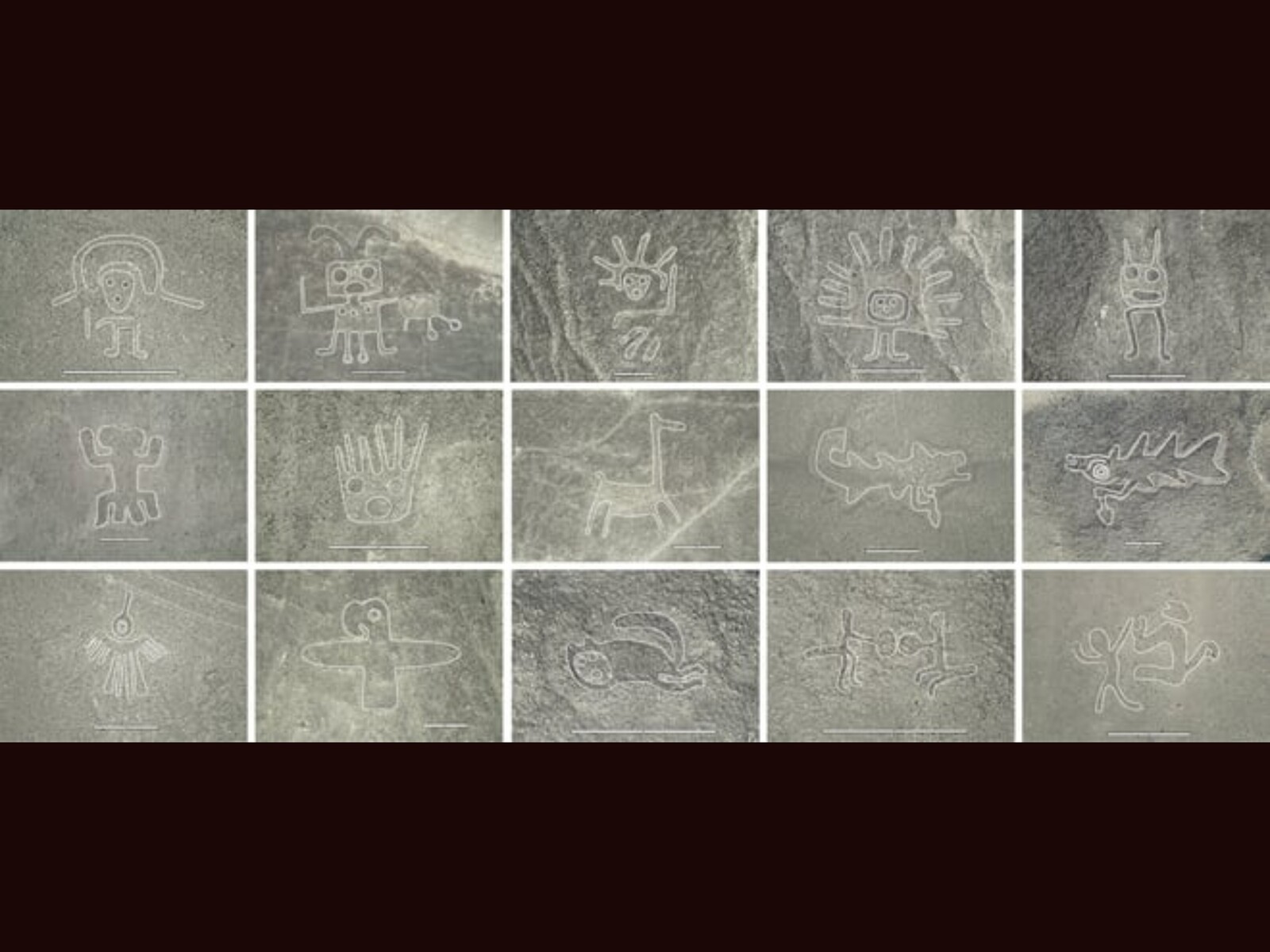Welcome to DU!
The truly grassroots left-of-center political community where regular people, not algorithms, drive the discussions and set the standards.
Join the community:
Create a free account
Support DU (and get rid of ads!):
Become a Star Member
Latest Breaking News
Editorials & Other Articles
General Discussion
The DU Lounge
All Forums
Issue Forums
Culture Forums
Alliance Forums
Region Forums
Support Forums
Help & Search
Latin America
Related: About this forumAI almost doubles the number of known Nasca lines in just 6 months
The Nasca Lines are a UNESCO World Heritage Site and were created by the Nasca culture between 200 BC and 650 AD. Though difficult for the human eye to detect, AI analyses managed to uncover nearly as many glyphs in just six months as had been previously discovered.Marius Müller (translated by Marius Müller), Published 09/28/2024 🇩🇪 🇫🇷 ...
Nasca glyphs are ground images of people, animals or geometric shapes that were probably used by the Nasca people for ceremonial and religious purposes. They can be found in the Nasca Desert in southern Peru, which stretches along the Pacific coast.
Until now, only 430 glyphs were known. Researchers had to carry out years of field studies and analyze aerial photographs to find them. A study published on September 23, 2024 at PNAS by Masato Saki, Akihisa Sakurai, Siyuan Lu and Marcus Freitag describes how the number of known Nasca lines was almost doubled within 6 months through the use of artificial intelligence.

(Image source: PNAS)
The study used a neural network trained with natural photos, which was tuned to recognize relief-like Nasca glyphs. Given the limited number of training examples, the known geoglyphs were segmented into smaller parts to expand the training dataset. Using a gridded classification model, a detailed probability map with 5-meter resolution was generated, enabling the detection of even the most elusive geoglyphs. The conclusion of the study is:
"The AI-assisted method is much more scalable, as evidenced by the number of new geoglyphs it has identified: It has assisted in detecting 303 new figurative relief-type geoglyphs, almost doubling the amount of known relief-type geoglyphs."
The enormous success that the use of AI has brought in the identification of Nasca lines provides a glimpse of what artificial intelligence could achieve in archaeological research and other scientific fields in the future.
https://www.notebookcheck.net/AI-almost-doubles-the-number-of-known-Nasca-lines-in-just-6-months.895390.0.html
1 replies
 = new reply since forum marked as read
Highlight:
NoneDon't highlight anything
5 newestHighlight 5 most recent replies
= new reply since forum marked as read
Highlight:
NoneDon't highlight anything
5 newestHighlight 5 most recent replies
AI almost doubles the number of known Nasca lines in just 6 months (Original Post)
Judi Lynn
Oct 2024
OP
Japanese Research Team Use AI to Discover 303 Unknown Geoglyphs Near Nazca Lines
Judi Lynn
Oct 2024
#1
Judi Lynn
(164,039 posts)1. Japanese Research Team Use AI to Discover 303 Unknown Geoglyphs Near Nazca Lines

A Japanese research team discovered nearly as many geoglyphs in the Nazca Desert (Peru) in just a few months using an artificial intelligence ( AI) system as those found in all of the last century.
The large number of new figures has made it possible for researchers to distinguish between two primary kinds and provide an explanation for the potential motives or purposes behind their creation more than 2,000 years ago.
In the 1930s, Peruvian aviators discovered the first ones, and by the end of the century, more than a hundred had been identified, such as the hummingbird, the frog, and the whale. Japanese archaeologists have found 318 more geoglyphs since 2004, nearly all of which are well-known, with the help of high-resolution satellite images.
In cooperation with IBM Research, the same team, led by Masato Sakai, a scientist from Yamagata University (Japan), has found 303 previously unidentified new geoglyphs depicting humans and animals. These geoglyphs are all smaller in size than the enormous geometric patterns that span more than 400 square kilometers of the Nazca plateau and date from AD 200 to 700.
More:
https://arkeonews.net/japanese-research-team-use-ai-to-discover-303-unknown-geoglyphs-near-nazca-lines/